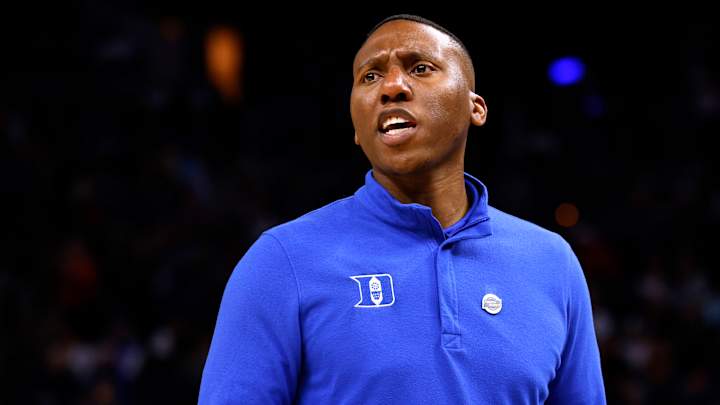In today’s volatile college basketball landscape, Duke’s recent struggles shine a light on the uphill battles faced by coaches across the country, especially those leading mid-major programs. The transfer portal, NIL opportunities, and shifting recruiting dynamics have created an environment where rosters change rapidly, and long-term planning has become increasingly difficult.
For established powerhouses like Duke, resources and tradition can soften the blow, but even they are not immune to departures, locker-room challenges, and unexpected roster turnover. For mid-major coaches, however, these factors can be program-defining hurdles. A single breakout player might leave for a power-conference opportunity, donors are stretched thin by NIL demands, and building cohesive chemistry is a season-to-season fight.
The current era rewards adaptability and vision, but punishes missteps. Recruiting is no longer just about high school stars—it’s about re-recruiting your own players every spring. While Duke may reload with five-stars, smaller schools must fight for transfers, manage limited budgets, and keep their programs relevant in an unforgiving system.
Duke’s situation highlights the universal truth: in modern college basketball, stability is rare, and success depends on balancing talent acquisition, player retention, and culture-building. For mid-major coaches, it’s not just about winning games—it’s about surviving the sport’s new reality.

